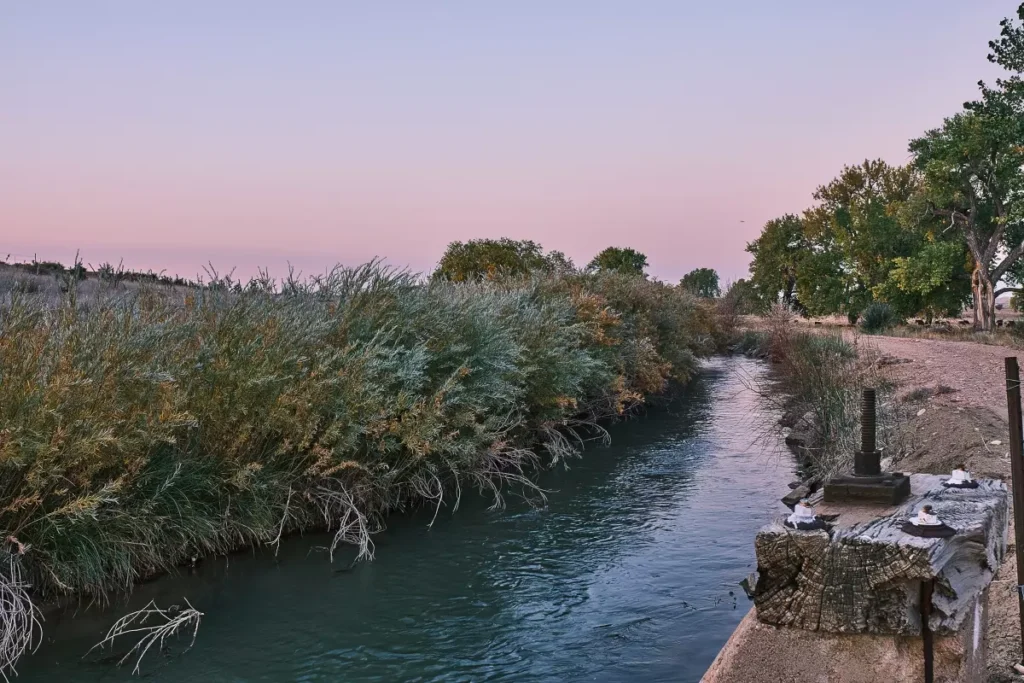Case Studies
The Southwest Climate Hub partners with the Conservation and Adaptation Resources Toolbox (CART, previously known as CCAST) to develop and disseminate Case Studies. Through support of the Southwest Drought Learning Network, these Case Studies showcase examples of drought adaptation, mitigation, and resilience. Case Study narratives focus on lessons learned that can inform future actions across diverse geographies by managers, researchers, producers, and other land stewards. Please contact Jackie Alessi with any questions.
Actionable Science

An Analysis of Drought Exposure, Impacts, and Adaptation in the South-Central U.S.

Developing Tools for Improved Water Supply Forecasting in the Rio Grande Headwaters

Decision-Making in Snow-Fed,
Arid-Land River Systems

Analyzing Social Learning to Improve Drought Response Along the Arkansas River in Colorado

Developing a Tool to Help Decision-Makers Navigate Complex Drought Scenarios

Testing a Model for the Prediction of Isolated Waters in the Sonoran Desert

Using Mulch and Compost for Rangeland Restoration

Ecological Benefits of Compost for Rangeland Plant and Soil Health
Community Engagement and Education

Growing Food Sovereignty with Hoop Houses on the Duck Valley Reservation

Understanding Sense of Place to Support Drought Resiliency in the Intermountain West

The New Earth Project Pilot: Climate Change Mitigation Through Food Waste Reduction

Teaching Water-Wise Landscape Design to Conserve Water in the Intermountain West

Rancher to Rancher Building a Community for Conservation in Montana

The National Drought Mitigation Center’s Drought Impacts Toolkit

Developing a Southwest Drought Learning Network

Collaborative Drought Planning
for Livestock Grazing on Southwestern National Forests

Co-Developing the Drought Severity Evaluation Tool for Use on the Navajo Nation

Community-Driven Water Management: The Tomorrow’s Water Model for Playa Restoration

The Farmer in Training Program: Addressing Agricultural Barriers and Promoting Resilience

Freeze Drying Crops for Increased Climate Change Resilience in New Mexico
Fire Management

Prescription Slope Burns at Grand Canyon National Park Build Landscape Resilience

Measuring the Effects of Fire Severity on Forest Resilience in
the Santa Catalina Mountains

Goats as a Tool for Fire Management on the Pueblo of Sandia

Nature-Based Solutions for Community-Level Preparedness to Wildfire
Land Conservation

Heritage Genetics to Increase Cattle Resilience during Drought

Supporting Drought Adaptation
on Navajo Rangelands

Restoring Rangelands in Northern New Mexico with Keyline Design
Restoration

Drought Mitigation through Land Management and Water Distribution for Wild Horses

Rangeland Restoration Following the Martin Fire in Reno, Nevada

Habitat Restoration and Ciénaga Conservation on the Pitchfork Ranch

Riparian Restoration Supports Healthy Forests in Northern Arizona
Water Conservation and Re-Use

Community-Driven Water Conservation on the Bessemer Ditch, Colorado

Irrigation Management Techniques to Optimize Water on Utah Farms

Kansas Water Conservation
Areas Program


